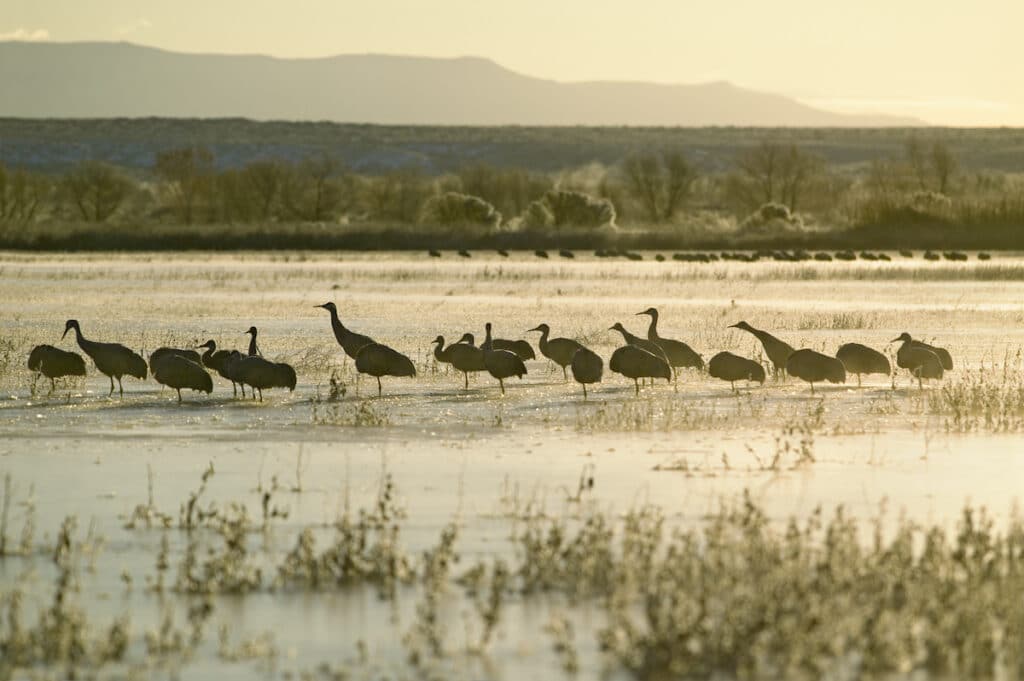
Quick Key Facts
- The planet has a total of 6,555 national parks.
- Northeast Greenland National Park is the biggest national park in the world.
- Yellowstone National Park was the first national park in the United States, established in 1872.
- On average, there are 10.6 percent more animal species inside a protected area than outside one.
- More than 50 million people visit wildlife refuges in the U.S. each year.
- In the U.S., more than 800 wilderness areas in 44 states protect over 110 million acres.
- Eighty-one rivers in the U.S. covering nearly 2,700 miles have been protected under the 1968 Wild and Scenic Rivers Act.
What Is a ‘Nature Reserve’?
Nature reserves are large areas of land that have been set aside to protect and preserve natural habitat and ecosystems for common, rare and endangered animal and plants species and their natural processes.
Designating areas to be protected from human development ensures everyone will have access to these spectacular ecosystems for recreation, wildlife observation and the pure enjoyment of being surrounded by the beauty of nature.
It’s important to remember that nature reserves now owned by the U.S. government as public lands were, for thousands of years, the sacred homeland of Native American Tribes. In order to establish these protected areas, the government drove Tribal communities from their rightful territory. Tribal members were the original stewards of these lands and waters, which hold great importance to their culture and livelihoods.
What Are the Benefits of Nature Reserves?
Preserve Natural Habitat
The primary threat to species and the main driver of extinction and biodiversity loss is habitat destruction. Humans have developed land at a rapid pace, but have done a poor job at making sure their land use does not destroy wildlife habitats.
Agricultural expansion is the biggest driver of deforestation, degradation of forests and loss of biodiversity within those forests. According to the United Nations Environment Programme, agriculture is the main threat to more than 85 percent of species facing extinction.
The best way to protect species from habitat loss is to protect their natural environment from agriculture, development, logging, overgrazing, oil and gas drilling and any other activity that disrupts, threatens or destroys their habitat.
Promote and Protect Biodiversity and Genetic Diversity
The proposed Anthropocene Epoch — a new geological time period beginning from the start of significant human impact on the planet’s ecosystems and geology, including human-caused climate change — is an era that has also been referred to as the sixth mass extinction due to species becoming extinct at an alarming rate.
The protection that nature reserves provide species has, according to studies, led to a 10.6 percent higher average number of species inside a protected area than outside of it. Population numbers of the same species found inside the protected area are also 14.5 percent higher.
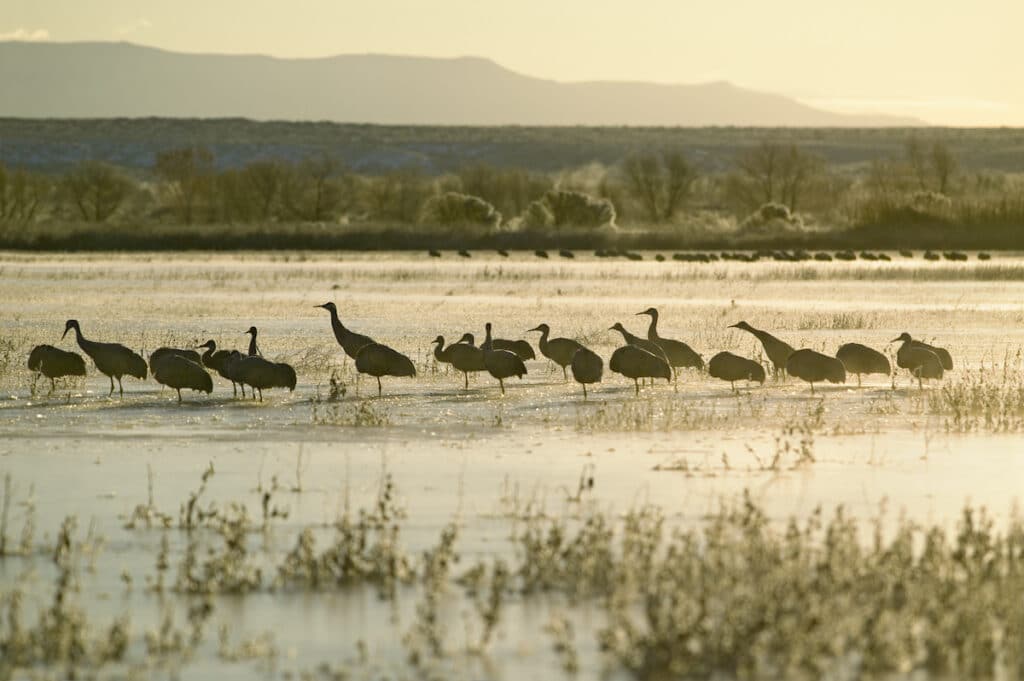
Freedom of Movement for Species
Nature reserves provide enough space to allow species to move freely, have a more expanded range and exist without human encroachment and development. This allows them to forage for food, migrate, find mates and reproduce in a wider area, allowing for greater biodiversity and land health, while promoting genetic diversity.
Prevent Habitat Fragmentation
The U.S. is a patchwork of Native, public and private lands. The more large, protected areas we have, the less that animals will have to grapple with their habitats being bisected by human developments such as roads, energy plants and cities.
If you look at a map of the West Coast of the U.S., a myriad of national forests connect to provide extensive, uninterrupted habitat for many species. It truly is a green wonderland.
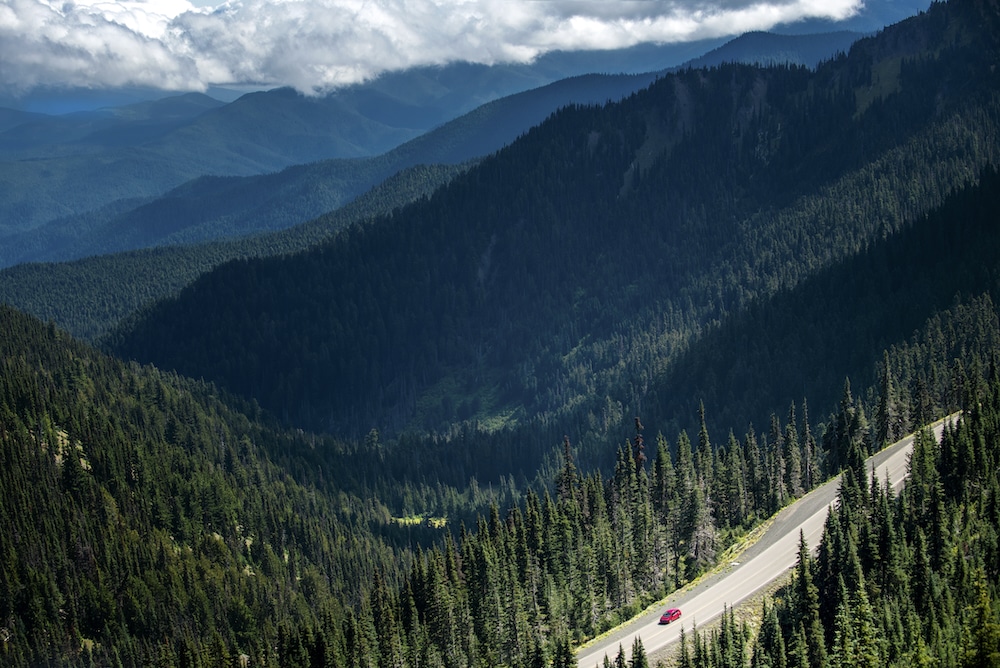
Prevent the Spread of Disease
When habitat is cleared to make way for commercial agriculture or development, animals are displaced and ecosystems become imbalanced. When wild animals are driven from their homes, they can come into increasing contact with humans, leading to the spread of infectious diseases.
But when ecosystems are left intact to maintain their healthy balance, the spread of the estimated 60 percent of diseases that are zoonotic and infectious can be avoided.
Allow People to Connect With Nature
Spending time in nature and green spaces has been proven to reduce anxiety and depression and improve mental health. Nature reserves give people the opportunity to experience nature in all its splendor, inspiring a feeling of connection to something larger than ourselves — a feeling of awe — that has been found to improve well-being. Who couldn’t use some of that?
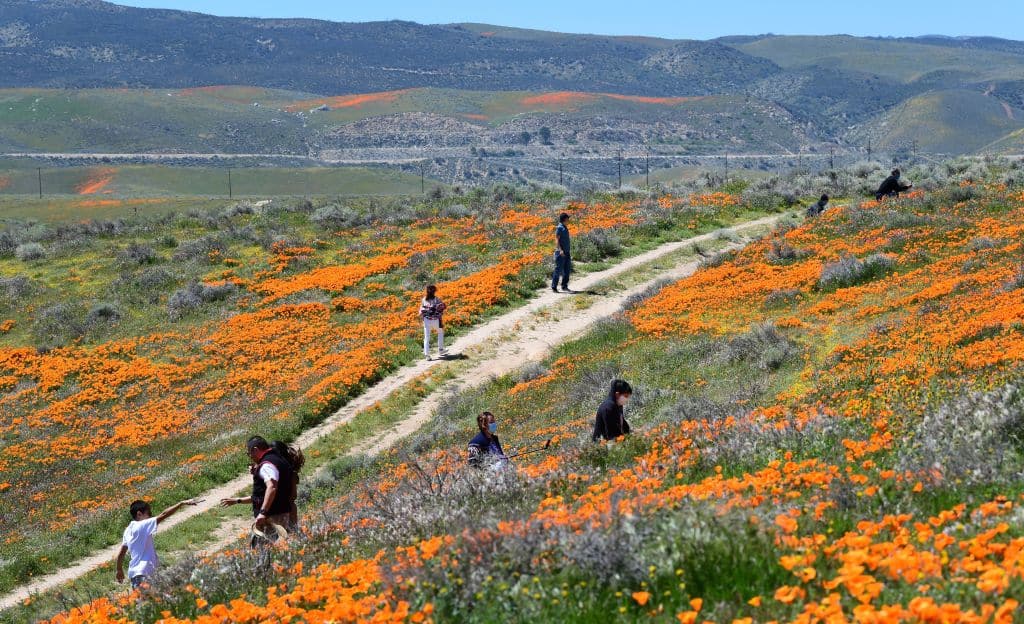
Protect Indigenous Peoples’ Land Rights
In certain countries, especially those in Latin America, some nature reserves are established to protect the rights of Indigenous Peoples. Community members own the land and can collect park fees, as well as continue their cultural practices and protect them for future generations.
The ability of nature reserves to preserve and protect the land and its waterways also ensures healthy ecosystems, soil, plants and clean water for the community.
Build Climate Change Resilience
Greenhouse gases like carbon dioxide and methane are stored in the silt and soils of our planet’s oceans, forests and peatlands. The sequestration of these harmful gases means they stay out of the atmosphere, thus preventing the disruption of climate regulation. Razing these natural carbon stores means an enormous amount of greenhouse gases is released, leading to global heating, extreme weather, sea level rise, the melting of Arctic sea ice and a feedback loop of climate change effects.
Preserving natural wildlands allows our planet to maintain its balance of pulling carbon from the air, turning it into oxygen and sequestering what is stored in plants when they break down into the soil.
Types of Nature Reserves
National Parks and Preserves
National parks are created by the government to preserve the natural landscapes that are habitats for wildlife and plants. Home to thriving ecosystems, these wildlands are examples of what nature looks and feels like when it is protected from human development and destruction.
There are a whopping 6,555 national parks on Earth. The five largest are Northeast Greenland National Park, Australia’s Great Barrier Reef Marine Park, Great Limpopo Transfrontier Park in Mozambique, Namib Naukluft Park in Namibia and Wood Buffalo National Park in Canada.
Northeast Greenland National Park was established in 1974 and preserves 375,291 square miles of Greenland’s interior and northeast coast. It has no roads, developments or permanent residents. The park is bigger than all but 29 countries in the world.
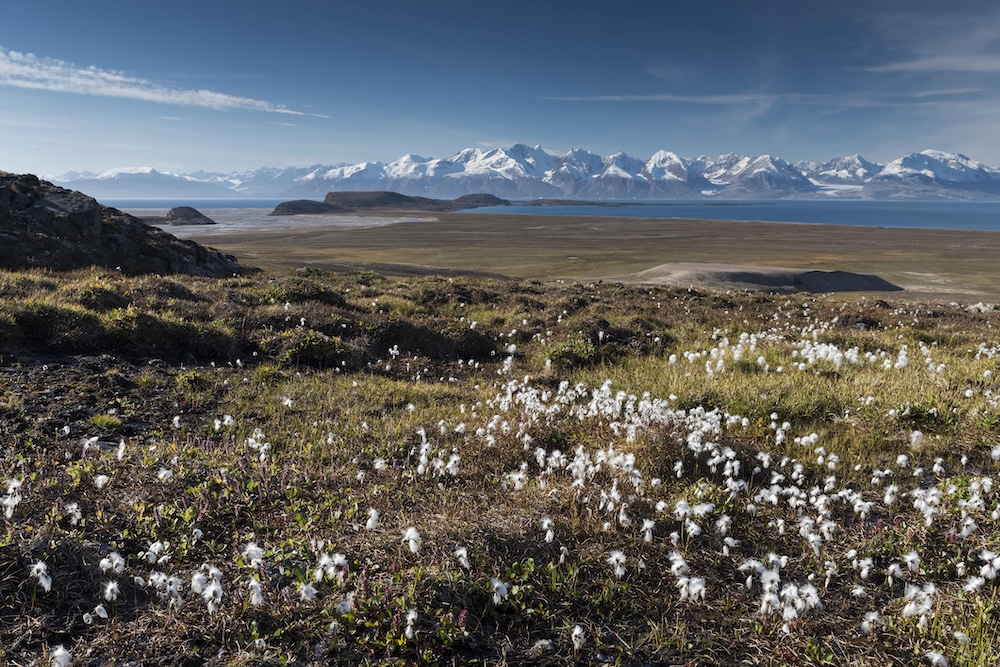
Northeast Greenland National Park. Olaf Kruger / imageBROKER / Getty Images
The first national park in the U.S. was Yellowstone, established in 1872 and signed into law by President Ulysses S. Grant.
National parks are primarily wild animal and plant habitat, but recreation like hiking, kayaking, canoeing and camping are permitted.
National preserves in the U.S., such as Lake Clark National Park and Preserve in Alaska, tend to allow commercial activities like hunting, trapping and oil extraction under specific circumstances. These activities are detrimental to animals, as they bring pollution to otherwise unpolluted areas, destroy habitat and the noise and light pollution interfere with foraging, breeding and hibernation.
National Wildlife Refuges
The first national wildlife refuge in the U.S. was Pelican Island in Washington State, established by President Theodore Roosevelt in 1903. The purpose of wildlife refuges is to conserve wildlife, fish and plants, as well as their habitats and ecosystems. In the U.S., they are managed by the Fish & Wildlife Service.
The U.S. wildlife refuge system has grown to more than 560 sites, 500-plus of which allow activities like hiking, canoeing, kayaking, wildlife viewing and fishing. More than 50 million people visit wildlife refuges in the U.S. each year.

National Conservation Areas
National conservation areas in the U.S. are similar to national parks in that they are lands that have been set aside by Congress for people to enjoy now and for generations to come. Part of the Bureau of Land Management’s system of National Conservation Lands, they are designed for recreation and also feature historical, scientific and cultural sites.
Examples of the 905 national conservation areas that cover more than 37 million acres across more than a dozen states include California’s Lost Coast, King Range National Conservation Area and Yaquina Head Outstanding Natural Area on the Oregon Coast.
Wilderness Areas
Wilderness areas are lands set aside to preserve pristine areas, whether they be part of public lands, national wildlife refuges or national parks. In the U.S., more than 800 of these wildlands in 44 states protect over 110 million acres.
Wild and Scenic Rivers
Wild and scenic rivers are those that have been preserved in their free-flowing, natural state, without dams or modifications of any kind. These rivers allow fish and wildlife to use the stream as their ancestors have for millenia. They help increase climate change resilience and protect biodiversity.
The U.S. 1968 Wild and Scenic Rivers Act has protected 81 rivers, covering nearly 2,700 miles, including Oregon’s Rogue River and the Rio Grande, which flows through Colorado, New Mexico, Texas and Mexico, where it empties into the Gulf.
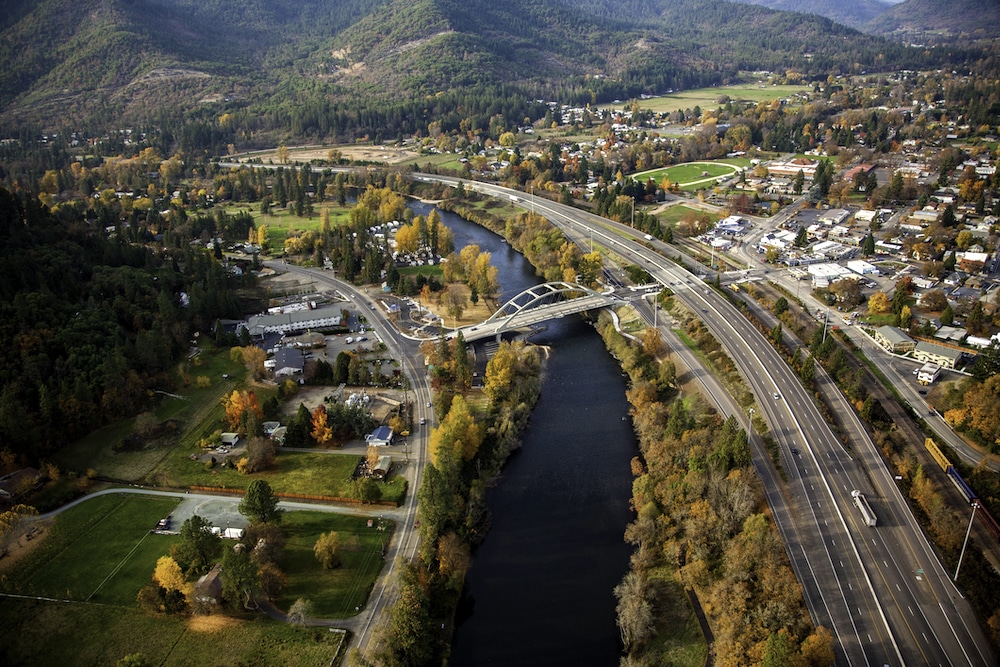
National Seashores and Lakeshores
In the U.S., shorelines and surrounding islands are safeguarded when they are designated as national seashores and lakeshores. National seashores and lakeshores are protected wildlife areas, as well as public lands. While they include beaches for recreation, they also extend inland to natural areas like forests, marshes and wetlands. Some of them feature historic estates and lighthouses.
There are 10 national seashores in America along the Pacific, Atlantic and Gulf of Mexico, each with its own unique combination of aesthetic beauty, wildlife and ecosystems.
Some of the national seashores located on the East Coast are Cape Cod National Seashore, designated in 1961 by President John F. Kennedy; Fire Island in New York; Assateague Island on the coast of Maryland and Virginia, which is home to two herds of small wild horses that freely roam the beaches; and Cape Hatteras National Seashore, a 70-mile stretch of wild, protected beaches in the Outer Banks of North Carolina that is known for its lighthouses, strong currents, storms, surfing and shipwrecks.
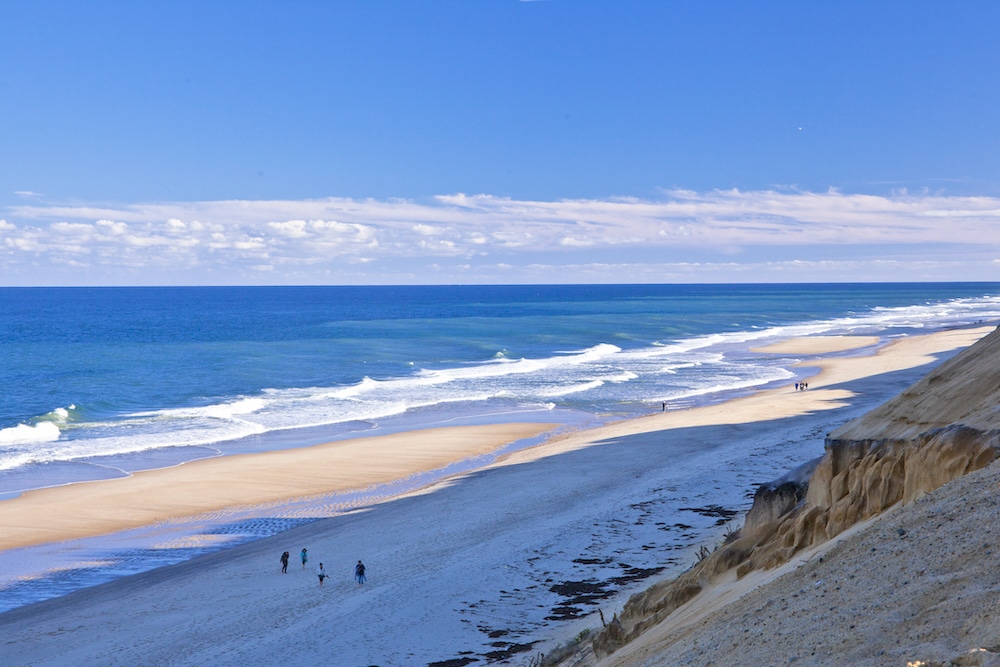
The West Coast’s lone national seashore is California’s Point Reyes. Located on a peninsula in Marin County, this Pacific Ocean haven is home to almost half of the bird species in North America, as well as nearly 20 percent of the plant species in California. The San Andreas Fault separates Point Reyes National Seashore from nearly all of the continental U.S. Tule elk, once abundant in the meadows and prairies of Point Reyes, roam freely in this unique nature reserve. This National Park Service site has continued to allow dairies and ranches to operate within its boundaries, including more than 5,000 cows.
Any natural freshwater lake can be designated as a national lakeshore, but all four in America are on the Great Lakes.
Seashores and lakeshores are important habitats for nesting sea turtles, sea birds, sea lions, seals, crabs, clams, scallops, sea anemones, starfish, worms, sand dollars, insects and microorganisms.
National Trails
In the U.S., there are three types of national trails designated by Congress: historic, recreational and scenic. Examples include the Appalachian National Scenic Trail, which starts in Springer Mountain, Georgia, and goes all the way up to Katahdin, Maine, traversing 14 states along the way, and the Pony Express National Historic Trail, which goes through eight states, beginning in St. Joseph, Missouri, and moving across the Old West to Sacramento, California.
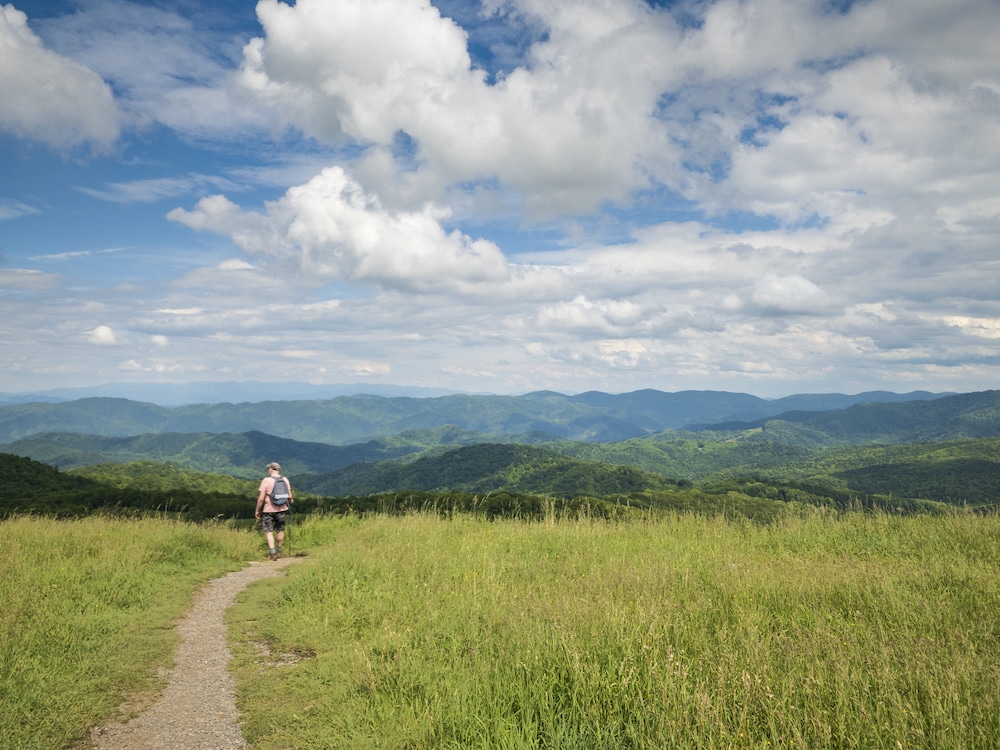
There are nearly 1,300 land- and water-based national recreation trails in all 50 states, Puerto Rico and the District of Columbia. They range from backcountry trails to rail and urban trails and can be found here.
National trails cross through the country’s varied terrain in its wild state, and the National Park Service encourages everyone to develop, protect and maintain them.
Challenges Facing Nature Reserves
Human Activities
All over the world, nature reserves are under threat from human activities that are illegal within their boundaries, such as poaching, mining, logging, agriculture, human settlements and industrial development.
Other human activities, such as the introduction of invasive species, pollution and climate change, also pose threats to nature reserves, even if they originate outside their borders.
Connectivity
A lack of connectivity between nature reserves and other protected areas is another challenge, since large species like bears, bison, big cats, elk and caribou need extensive swaths of land to be able to roam freely to find mates and food sources.
In order to remedy this issue, many more wildlife corridors need to be constructed to allow the free movement of species between protected areas of habitat.

Funding
Funding is often an issue with nature reserves, since establishing and managing them takes money, something not many countries can afford. Lack of funding is an especially acute problem for marine protected areas and developing countries.
Novel sources of revenue must be found for the establishment of new nature reserves, as well as for the maintenance of those that already exist.
Management
The management of nature reserves is necessary for ensuring they maintain their status as protected areas, keep human activities in check and are monitored for habitat health. Without effective management, human threats and climate change can erode the vitality and biodiversity of nature reserves.
What Can We Do to Support Nature Reserves?
As a Society?
As a society, we can rethink our relationship with nature in general, not as something that provides resources for us — like water, food, recreation and habitat — but as something we coexist with and are stewards of.
We can become more aware of the wildlife that surrounds us, adopting a mindset of asking what they need and what we can do to help provide that.
Human products and activities like vehicles, industrial activities, oil extraction, construction, shipping and bright lights disrupt animals in their habitat; nature reserves are places where wildlife should be protected from those activities.
In Our Own Lives?
There are many things we can do in our own lives to help protect nature reserves, but it starts with reducing our ecological footprint and conserving the habitats around us.
Plastic has caused great damage to habitats all over the world, and the less we use it, the less demand there will be. Try not to use anything you wouldn’t want to see on the forest floor because the more things like plastic water bottles, straws, cutlery and plastic bags are used, the more likely they are to end up in waterways, the ocean and pristine areas like nature reserves.
We can organize trips to nature reserves near us, join conservationist groups, use books and phone apps to identify animals and plants in the wild and participate in citizen science projects.
When we visit nature reserves, we can be respectful of our surroundings by picking up trash and limiting noise and light pollution; not touching or bringing home native plants, wildflowers or wild animals; and not leaving human food for wildlife to find. Consuming human food disrupts their natural microbiome and can adversely affect their health.
Be aware of your surroundings and respect wildlife and their habitat. You’re a visitor, this is their home.
Takeaway
Nature reserves are there for everyone to enjoy, but are especially intended to preserve the natural habitats of native plants and animals and protect them from human activities. Support the creation of new nature reserves, the establishment of corridors to connect those that already exist and be respectful of them when you visit.

The post Nature Reserves 101: Everything You Need to Know appeared first on EcoWatch.
